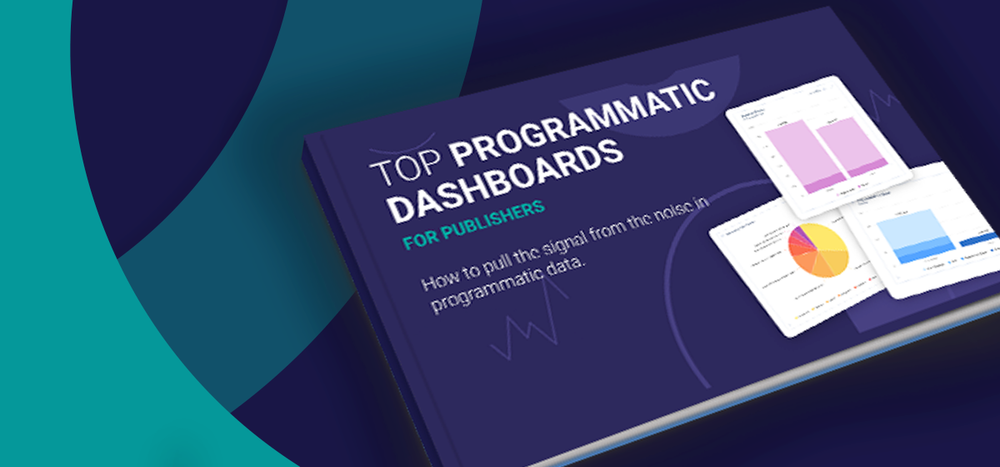Whether ad performance is being measured by viewability, brand suitability, or something else entirely, media quality plays an integral role in the success of the publishing industry.
In search of higher performance, advertisers have begun to rely on an extensive set of criteria to focus budgets towards inventory that is both suitable and of high quality. The increased importance of these metrics has created a gap in how publishers and advertisers communicate and exchange information. Bridging this divide will take open communication and transparency between the supply and demand side of the ecosystem.
From our independent vantage point, DoubleVerify has a unique perspective on how media quality data can lay the foundation for a better future. As we work toward bringing data parity to publishers with DV Publisher Suite, we wanted to take the opportunity to address some common misconceptions about impression verification.
| Misconception | Reality | |
|---|---|---|
| Inventory Control | Publishers must wait until after campaigns are finished to optimize inventory based on media quality. | Using the same targeting data that advertisers use in their DSPs, publishers can reallocate inventory in real-time from their own ad server. |
| Brand Safety | Verification vendors tell brands which content is unsafe. | Unlike other verification vendors, DoubleVerify does not classify content as safe or unsafe. We classify using semantic science and ontological machine learning into a taxonomy of over 70 categories, and give brands flexible controls to determine for themselves which content categories they wish to target or avoid. |
| Viewability | If an ad is viewable, then it is high quality. | Viewability is just one factor brands use to determine the quality of an impression. They generally look for a viewable impression, seen by a human being, in a safe and suitable context within the campaign’s geo. |
| Brand Suitability | Advertisers can only mark entire topics as suitable or unsuitable. | DV clients can use brand suitability tiers to differentiate suitability by content type and risk level within selected topics. |
| Fraud and Invalid Traffic (IVT) | Only non-reputable sites contain IVT. | IVT can occur due to various issues, even on the most reputable of sites - sometimes unbeknownst to those publishers. For example, some publishers work with traffic acquisition partners, which gives bad actors a monetary incentive to drum up traffic. In other cases, through audience extension, campaigns sometimes end up running in environments where the publisher can’t apply the same level of scrutiny as they do on their own properties. |
| Wasted Inventory | Inventory that is blocked by an advertiser is lost. | Publishers are able to implement passbacks to monetize inventory that advertisers decided to block. If you don’t have this configured already, please contact us to get this set up. |
| Publisher Utility | Media quality measurement only helps fulfill advertiser goals. | Media quality data can help publishers optimize inventory allocation by better understanding what advertisers are looking for and unlocking more media budget from quality-focused buyers. |
How media quality technology works at DV
Proactive use of media quality analytics by publishers brings new opportunities for optimization through insights that drive improved decision making and inventory control. This requires sell-side knowledge of the technology that drives ad quality verification and content classification.
When content is classified, there are over 400 contextual categories that brands can filter by, as well as brand suitability tiers that add additional nuance to various topics. With this being done deterministically and contextually at the domain, subdomain and page level, publishers can get a clear look at how their content is classified through the same verification tools that brands use. Publishers can use this information to allocate inventory in sync with a brand’s suitability goals, maximizing their monetizable impressions.
Instead of relying on SSPs or brands for media quality data after the fact, publishers can use this data themselves to make real-time decisions while campaigns are active. This agility can prevent friction and revenue loss stemming from invalid traffic, over buffering and inventory misallocation.
A more sustainable approach for all
Media quality measurement was initially adopted by advertisers with the goal of reducing inefficiencies that would have led to reduced digital advertising budgets if left unaddressed. With these safeguards in place, the industry maintains trust, which in turn gives advertisers confidence in their digital investments. Publisher access to these same analytics is a major step forward to complete the industry’s goal of a high-performing and transparent landscape.
According to a Verizon Media study, 29% of consumers feel more favorably toward brands seen advertising on trusted sites. Conversely, 40% of those surveyed have negative perceptions of brands found advertising near offensive content. With numbers like that, brands and publishers are realizing that the future of our industry will increasingly value media quality, bringing new opportunities to collaborate. Trusted publishers benefit from media quality metrics that highlight premium inventory and build trust with buyers interested in protecting their brand. In this future, media quality is the currency that ensures future trust, transparency and opportunities for ad-supported content.
Do you still have questions about media quality? Contact us!





